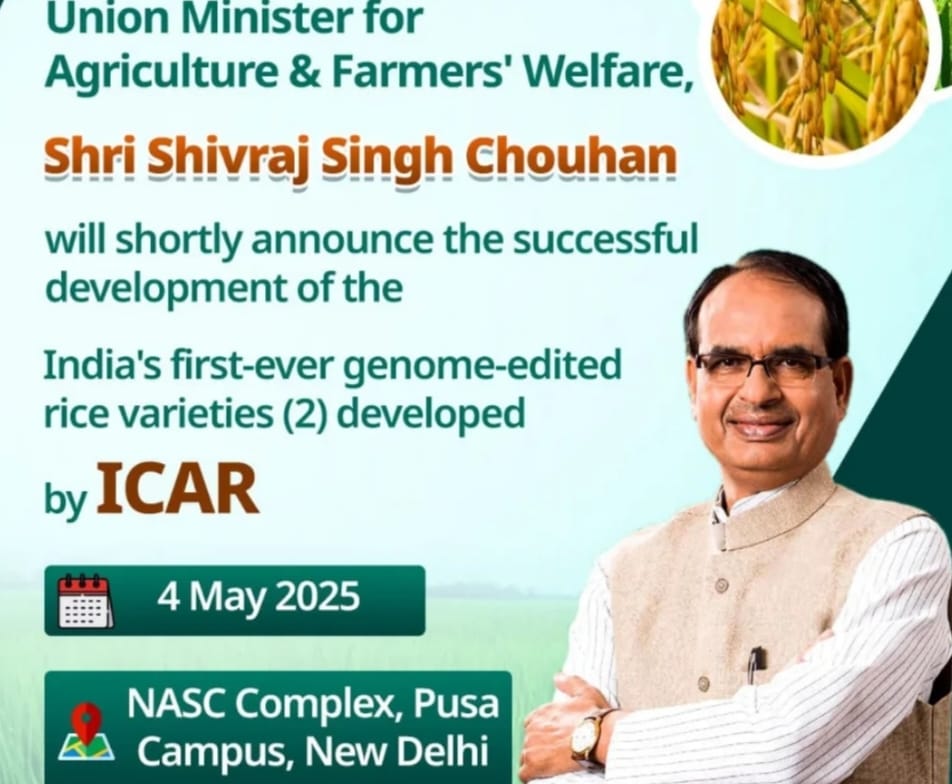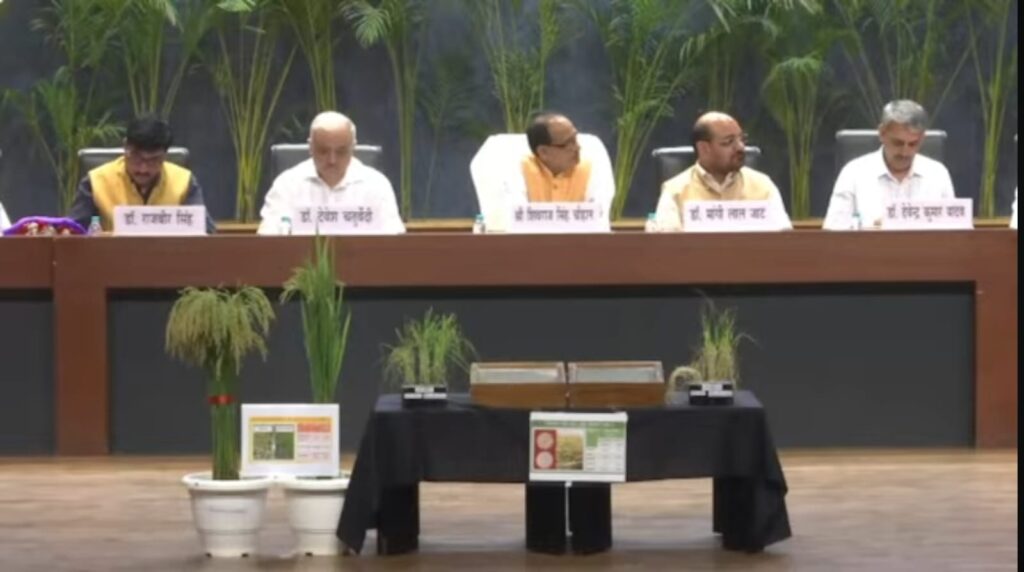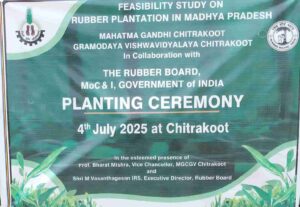
📢 Today’s big news (4th May 2025):
🔬 India has created a new history in the field of agricultural science!
🚀 For the first time, Two Genome edited rice varieties released by ICAR—
DRR Dhan 100 (Kamala) and Pusa DST Rice 1
which not only give higher yields but are also capable of fighting climate crises like drought and salinity.
This revolutionary discovery will not only increase the income of farmers, but it will also give India a big boost towards climate-sensitive agriculture. If you are a farmer, agriculture student, or technology enthusiast, this article is for you!
What is Genome Editing — in Simple Words?
Imagine being able to edit a line in a book to make its meaning clearer — genome editing is just like that, but for plant DNA.
Scientists make tiny, precise edits in a plant’s natural genes to enhance certain traits without inserting foreign or external genes. Unlike GMOs, the plant stays very close to its natural form.
✅ Benefits of Genome Editing:
Higher yield
Better stress resistance
Environmentally safer
Regulatory approval is easier compared to GMOS
Live Launch Highlight – By Hon’ble Agriculture Minister

“Bharat ki krishi ko genome revolution ki zarurat thi—aur aaj wo kadam utha liya gaya hai. Ye naye rice varieties har kisaan ke liye nayi umeed ban kar aaye hain.”
– Shri Shivraj Singh Chouhan, Union Minister of Agriculture and Farmers’ Welfare, Government of India
- Today (4th May 2025), Agriculture Minister Shri Shivraj Singh Chouhan released these genome-edited rice varieties at the ICAR headquarters in New Delhi.
- Top ICAR scientists, agricultural researchers, and officials of the Department of Agriculture are also present at the event.
- Scientists gave a live demonstration of how genome editing is different from GMOS.
The minister said,
“This is the beginning of a new India’s agricultural revolution – in which technology will work till the seed.”
🌱 1. DRR Dhan 100 (Kamala) – High Yield in Less Time
🧪 Developed by:
ICAR–Indian Institute of Rice Research (IIRR), Hyderabad
🌾 What makes it special?
This variety is based on the well-known Samba Mahsuri (BPT 5204)—known for its taste and cooking quality — but now with an edge.
Using genome editing, scientists modified a gene called CKX2 (Gn1a), which increases the number of grains per panicle.
👉 In simpler terms:
Farmers can get up to 19% more yield
Average yield: 5.37 tonnes/ha; potential yield: up to 9 tonnes/ha
Matures in just 130 days — saves time, water, and cost
📍 Where can it be grown?
Almost anywhere rice is grown in India: Andhra Pradesh, Telangana, Chhattisgarh, Bihar, Odisha, Uttar Pradesh, Maharashtra, Jharkhand, West Bengal, and more.
Key Features:
19% higher yield compared to Samba Mahsuri
Average yield: 5.37 tons/hectare (Potential: up to 9 tons/hectare)
Crop matures in 130 days, reducing irrigation costs
💧 2. Pusa DST Rice 1 – A Fighter Against Drought & Salinity
Developed by:
ICAR–Indian Agricultural Research Institute (IARI), New Delhi
The unique feature here is the editing of the DST gene, which improves the plant’s ability to survive drought and saline soils.
Parent variety: MTU1010.
👉 In real-world performance:
14.66% more yield in alkaline soils
30.4% more yield in coastal saline soils
9.66% more yield in inland saline areas
📍 Suitable Zones:
Like DRR Dhan 100, this variety is adaptable to almost all major rice-growing regions of India.
Which gene was edited?
The DST gene was edited so that the plant can tolerate sodium toxicity and drought stress.
What Will These Varieties Change?
For the Environment:
If cultivated across 5 million hectares, these varieties can:
Add 4.5 million tonnes more rice to India’s output
Save 7500 million cubic meters of water
Reduce 32,000 tonnes of greenhouse gas emissions
For Farmers:
High and reliable yield even in drought-affected or saline areas
Reduced input costs
Improved income and crop security
⚖️ Genome Editing vs. GMO – Know the Difference
| Feature | Genome Editing | GMO (Genetically Modified) |
|---|---|---|
| Foreign gene inserted? | ❌ No | ✅ Yes |
| Regulation approval | ✔️ Easier | ❌ Stricter |
| Natural genetic identity | ✔️ Maintained | ❌ Altered |
| Public/Farmer trust | ✔️ Growing trust | ❌ Still under skepticism |
Final Thoughts: More Than Just Rice — A Symbol of Hope
Imagine a farmer battling bad weather, poor soil, or limited water and still being able to grow a strong, high-yielding crop. That’s not just a rice variety — that’s a new hope.
These genome-edited varieties by ICAR are a sign that Indian agriculture is stepping into a smarter, more resilient future.
Hydroponic farming | |
organic farming | |
Goat farming | |
wheat farming |
MGCGV Becomes First University in Madhya Pradesh to Start Rubber Plantation in Collaboration with Rubber Board of India
First time rubber plantation in Madhya Pradesh In a historic...
Read MoreTPSC Agriculture Officer Exam Syllabus 2025 Get a detailed breakdown of the syllabus with exam pattern
TPSC Agriculture Officer Exam Syllabus 2025 and other important updates...
Read MoreTFRI Technical Assistant exam 2025! Get a detailed breakdown of the official syllabus, exam pattern, eligibility,
TFRI Technical Assistant Syllabus 2025: Your Roadmap to Success! Are...
Read MoreDownload IBPS AFO Mains Previous Year Question Paper 2024 with answers & topic-wise explanations.
Introduction of IBPS AFO Mains Previous Year Question Paper 2024...
Read More



